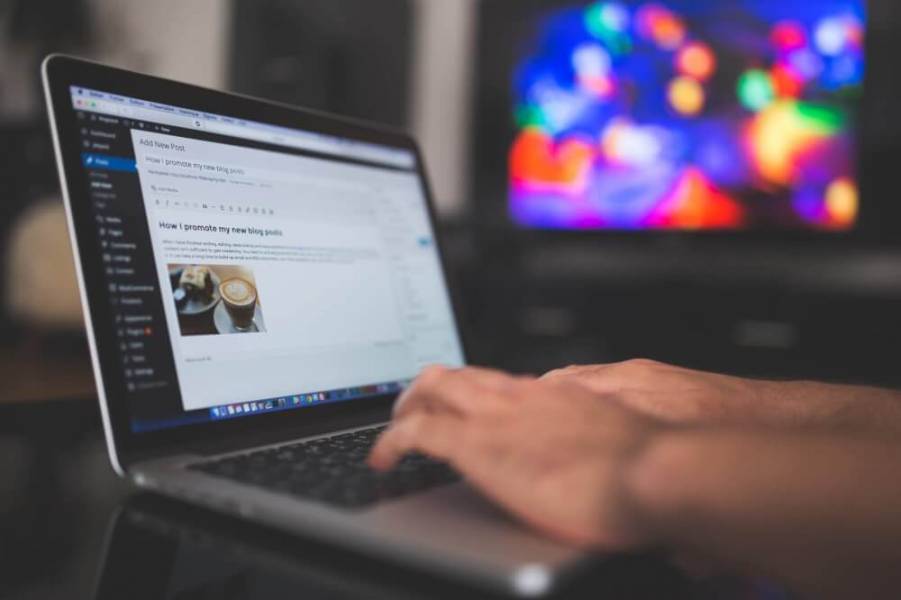 Linking is a fundamental element of SEO. Off-page SEO factors like inbound links and social signals play act as a vote of confidence for your website. The more high-quality links you have pointing to your website, the more authoritative it will appear in the eyes of Google.
Linking is a fundamental element of SEO. Off-page SEO factors like inbound links and social signals play act as a vote of confidence for your website. The more high-quality links you have pointing to your website, the more authoritative it will appear in the eyes of Google.
Internal links not only help improve the usability of your website, but can also influence your website’s search engine rankings.
Managing your website’s internal linking structure requires a bit of planning and forethought, but a search engine optimisation agency can help you get the most out of your website’s linking potential.
The Importance of Internal Linking
Internal links help to distribute link equity (or “link juice”) around your website. Link equity is the power that a link passes from one page to another, and it’s a major factor in how search engines determine which pages rank for particular queries.
When a page has a lot of link juice pointing to it, that page is more likely to rank higher in the search engine results pages (SERPs). Internal links are an important way to share link juice because they allow you to control which pages receive the most link equity.
How Google Views Internal Links
A well-optimised internal linking structure ensures search engines crawl and index websites. When a search engine spider encounters a link on a web page, it follows that link to discover the other pages on your website. This is how search engines “crawl” the web and discover new content.
Internal links also help to define the relationship between unique pieces of content on your website. By linking related articles and pages together, you can give search engines a better understanding of how those pages are related to one another. This can help to improve your website’s search engine ranking for certain queries.
Benefits of Internal Linking for SEO
- Improved website usability. Internal links make it easier for visitors to navigate your website and find the information they’re looking for. This improved usability can lead to higher engagement rates, which can indirectly improve your website’s search engine ranking.
- Drop in bounce rate. A well-planned internal linking structure can help to keep visitors engaged with your website by providing them with additional content that they might be interested in. This can lead to a decrease in your website’s bounce rate, which is how Google measures engagement and can affect your website’s ranking.
- Increased PageRank. Google uses PageRank to measure the authority and quality of a website’s pages. By linking to high-quality and relevant pages on your website, you’re effectively telling Google that those pages are important, which can help to increase their PageRank.
- More referral traffic. By linking to other pages on your website, you’re essentially giving visitors a map of your site. This can help to increase the number of visitors who find their way to your website through organic search or other referral sources.
Types of Internal Links
There are several types of internal links that you can use to optimise your website. Each type has its own benefits.
1. Navigation Links
Navigation links are the most common type of internal link. They are typically found in the header or sidebar of a website and allow visitors to easily navigate between different pages on your site.
Using navigation links is a great way to keep your website’s structure clean and easy to navigate. It also helps search engines understand the hierarchy of your website.
2. Contextual Links
Contextual links are links that are found within the body of your content. They typically link to other related pages on your website.
Using contextual links is a great way to keep visitors engaged with your content and help them find additional information that they may be interested in. It also helps search engines understand the relationship between different pages on your website.
For example, if you’re writing an article about SEO, you might use a contextual link to link to another article about keyword research.
3. Footer Links
Footer links are links that are typically found in the footer of a website. They usually link to the most important pages on your site, such as your contact page or your privacy policy.
Using footer links is a great way to ensure that visitors can always find the information they’re looking for. It also helps search engines understand the importance of different pages on your website.
4. Image Links
Image links are links that are found within the images on your website. They can link to other pages on your site or to external websites.
Using image links is a great way to make your content more visually appealing. It can also help increase the number of visitors who click through to your website.
Conclusion
Internal linking should be one of your top priorities for website optimisation. When used correctly, internal links can act as a virtual road map for search engines and help them understand the structure and hierarchy of your website.
They can also help users navigate your website more easily, which can lead to increased engagement and conversions.

Founder Dinis Guarda
IntelligentHQ Your New Business Network.
IntelligentHQ is a Business network and an expert source for finance, capital markets and intelligence for thousands of global business professionals, startups, and companies.
We exist at the point of intersection between technology, social media, finance and innovation.
IntelligentHQ leverages innovation and scale of social digital technology, analytics, news, and distribution to create an unparalleled, full digital medium and social business networks spectrum.
IntelligentHQ is working hard, to become a trusted, and indispensable source of business news and analytics, within financial services and its associated supply chains and ecosystems






























